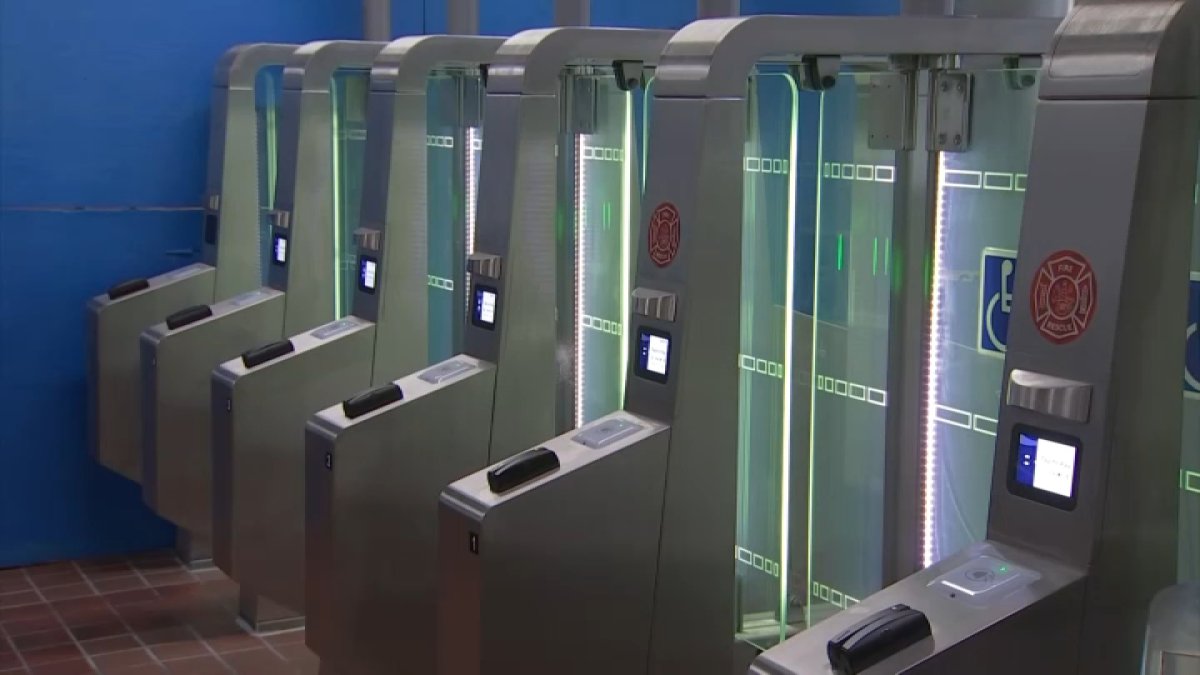In her 2022 book “The Equality Machine: Harnessing Digital Technology for a Brighter, More Inclusive Future,” Orly Lobel suggests that our relationship with digital technology is complex. She sees it as both a helper and a leader, offering opportunities but also raising concerns. Nonetheless, Lobel argues that digital technology can and should be a powerful force for social good, promoting justice, inclusion, economic growth, innovation, and particularly equity.
One critical social sector where ensuring equal access and quality services are essential values is education. Technology is increasingly becoming more relevant in the pursuit of educational objectives, especially when traditional methods reach their limitations. For example, during the COVID-19 pandemic, technology played a vital role in offering different learning options when schools had to close. With technological support, the majority of students were able to continue their education despite the closures.
Another important education issue that is currently being examined is the training of teachers for continuous professional development (CPD). This is crucial as educators need to adapt to new teaching methods and knowledge. As students today have access to a wealth of information and diverse lifestyles, teachers must innovate their teaching approaches to meet the needs of their students. However, not all teachers have the same opportunities for professional growth.
Scale poses a challenge as there are over 4 million teachers in need of training. Formal training programs often vary depending on government resources and teacher readiness. Distance is another barrier as teacher training facilities are typically concentrated in major cities, placing teachers in rural areas at a disadvantage. However, with advances in technology such as video conferencing and online courses, it’s possible to bridge this gap by providing remote access to high-quality educational resources for all teachers regardless of their location or backgrounds.
In conclusion, digital technology has immense potential to revolutionize education by improving accessibility and quality services for all learners. By harnessing this power through innovative teaching methods and continuous professional development programs for educators



